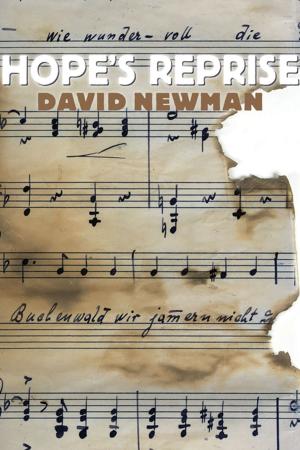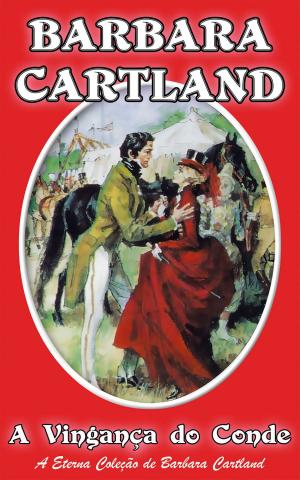| Author: | Gordon Hall Gerould | ISBN: | 1230001023183 |
| Publisher: | @AnnieRoseBooks | Publication: | April 6, 2016 |
| Imprint: | Language: | English |
| Author: | Gordon Hall Gerould |
| ISBN: | 1230001023183 |
| Publisher: | @AnnieRoseBooks |
| Publication: | April 6, 2016 |
| Imprint: | |
| Language: | English |
THE combination of narrative themes is so frequent a phenomenon in folk and formal literature that one almost forgets to wonder at it. Yet in point of fact the reason for it and the means by which it is accomplished are mysteries past our present comprehension. If we could learn how and where popular tales unite, if we could formulate any general principle of union or severance, we should be well on the way to an understanding of the riddle which has hitherto baffled all students of narrative, namely, the diffusion of stories. We have theories enough; our immediate need is for more studies of individual themes, careful and, if it must be, elaborate discussions of many well-known cycles. Happily, these are accumulating and give promise of much useful knowledge at no distant day.
One principle has become clear. Since motives are so frequently found in combination, it is essential that the complex types be analyzed and arranged, with an eye kept single nevertheless to the master-theme under discussion. Collectors, both primary and subsidiary, have done such valiant service that the treasures at our command are amply sufficient for such studies, so extensive, indeed, that the task of going through them thoroughly has become too great for the unassisted student. It cannot be too strongly urged that a single theme in its various types and compounds must be made predominant in any useful comparative study. This is true when the sources and analogues of any literary work are treated; it is even truer when the bare motive is discussed.
THE combination of narrative themes is so frequent a phenomenon in folk and formal literature that one almost forgets to wonder at it. Yet in point of fact the reason for it and the means by which it is accomplished are mysteries past our present comprehension. If we could learn how and where popular tales unite, if we could formulate any general principle of union or severance, we should be well on the way to an understanding of the riddle which has hitherto baffled all students of narrative, namely, the diffusion of stories. We have theories enough; our immediate need is for more studies of individual themes, careful and, if it must be, elaborate discussions of many well-known cycles. Happily, these are accumulating and give promise of much useful knowledge at no distant day.
One principle has become clear. Since motives are so frequently found in combination, it is essential that the complex types be analyzed and arranged, with an eye kept single nevertheless to the master-theme under discussion. Collectors, both primary and subsidiary, have done such valiant service that the treasures at our command are amply sufficient for such studies, so extensive, indeed, that the task of going through them thoroughly has become too great for the unassisted student. It cannot be too strongly urged that a single theme in its various types and compounds must be made predominant in any useful comparative study. This is true when the sources and analogues of any literary work are treated; it is even truer when the bare motive is discussed.















